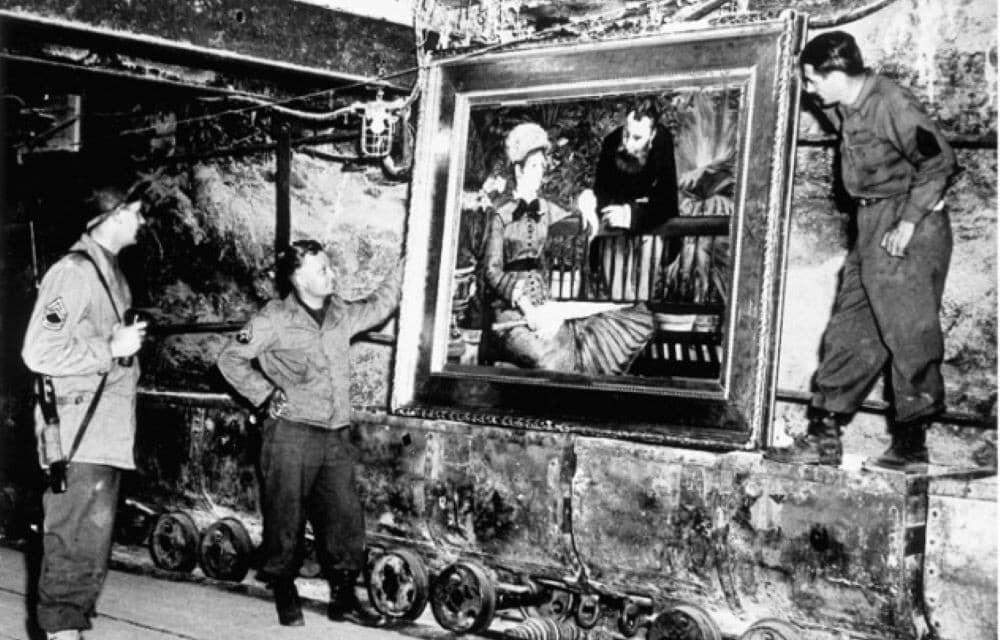Most movies are expected to take some liberties with history for dramatic effect. Nobody expects the Indiana Jones films to be realistic, although the hero constantly battles Nazis. It is meant as a fantastical adventure, with realism thrown out the window. But plot lines of Indiana Jones aren’t trying to be realistic. Recreating history is challenging – filmmakers may not have the time or budget to research every single prop in the scene.
They may not know whether, for instance, a candy bar existed in 1942 vs. 1945. Such inaccuracies may not always be noticeable to general audiences, but to war aficionados and historians, these errors are like having Civil War era President Abraham Lincoln tracking troop movements by using the Internet. Take a look at some of the popular war films from the past thirty-five years which have diverged from reality.
War Films Have Always Had Inaccuracies

Historic war films have always taken liberties with battle details. The Battle of the Bulge (1965) received public criticism by General (then President) Dwight D. Eisenhower for its inaccuracies, such as leaving out the British contributions and the impact of the air forces in helping the Allies repel German forces. The Green Berets (1968) has been criticized for details like showing a Private First Class (E-3) wearing a green beret despite being too low of a rank.
Tora! Tora! Tora! (1970) shows Japanese forces attacking the fleet in Pearl Harbor before hitting Wheeler Field. In reality, Japanese forces hit the airfield while attacking the harbor, to ensure the Americans wouldn’t be able to get planes in the air while they conducted the harbor mission. Factual errors about historic battles continue to emerge in the war films produced in the last thirty-five years, despite the expanded availability of research resources.

